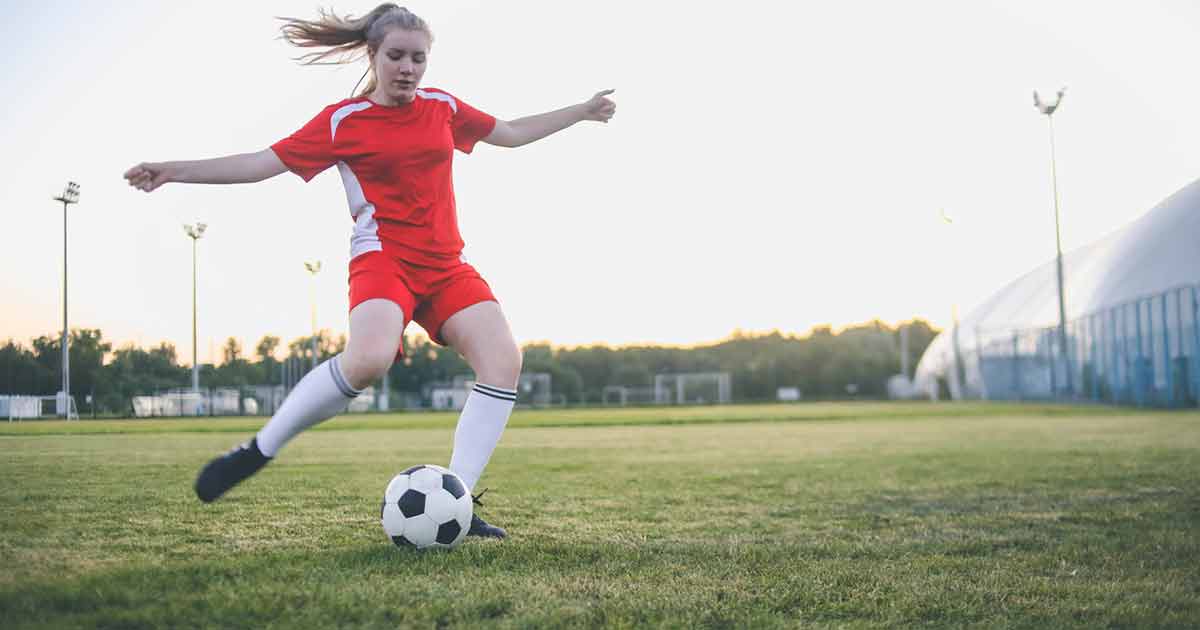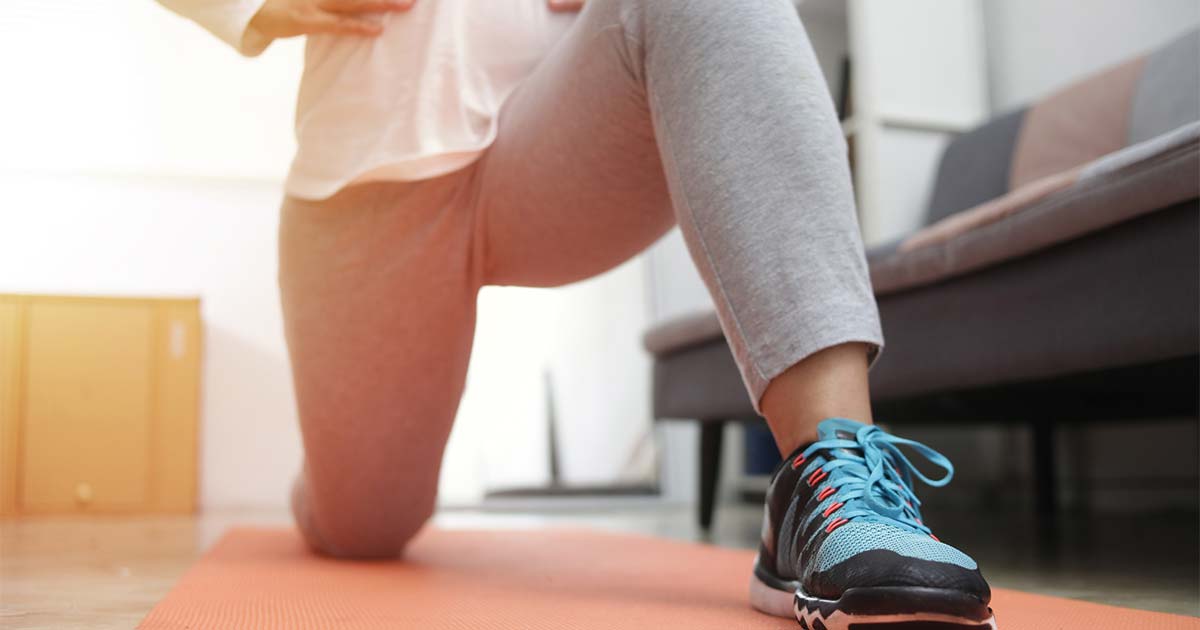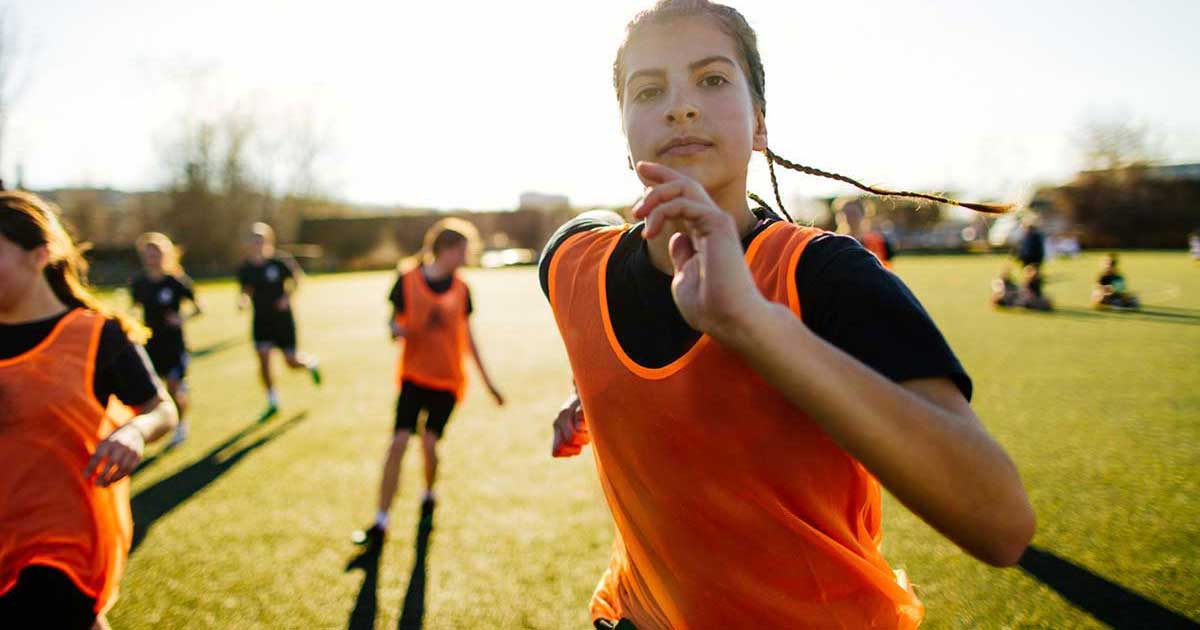
Advice to improve your movement, fitness, and overall health from the #1 in orthopedics in the U.S.
Post-Game Recovery Strategies for Soccer Players
It’s no surprise that soccer places a high demand on players, who run eight to 12 miles per match at a high intensity level, all while executing plays that could make or break their match.
Advice to improve your movement, fitness, and overall health from the #1 in orthopedics in the U.S.

What’s more, recovery starts as soon as the game is over. Below, HSS physical therapist Mathew Welch shares tips for post-soccer recovery.
Don’t Neglect the Cooldown
While there is great emphasis on warming up before a game, we often neglect the cool down afterward. The most important element is stretching, focusing on the quadriceps, hips, hamstrings and calves.
A proper cooldown is also important for the body’s ability to lower heart rate down to close to resting rate, says Welch. “This helps shift the body into a recovery state using the parasympathetic nervous system. Usually the coach addresses players at the end of the game, so everyone can take a knee and focus on their breathing.” Nasal breathing, in through the nose for four seconds and out for eight, is very effective, he adds.
Promote Active Recovery
After the cooldown following the game, you can consider an active recovery later that day or the next day. These activities can include aquatic exercise, light aerobic exercise, regenerative yoga or other low-impact activities to increase circulation and decrease muscle soreness.
Prioritize Hydration
It is important to ensure that players adequately replenish fluid and electrolytes that were depleted during a match. Although the amount of fluids required for recovery varies from player to player, it is vital that each individual is re-hydrating back to their baseline level following training sessions and matches.
Schedule Snacks and Meals
Proper nutrition allows glycogen that is depleted during a soccer match to be restored. Some examples of good options are high-quality carbohydrates (apples, oranges, bananas, blueberries); protein plus carbohydrates (sandwiches like peanut butter and jelly or deli chicken, turkey or ham and cheese); or a carbohydrate beverage like Gatorade and a protein bar with approximately 25 grams of protein, says Welch. This is important immediately after a game to help rebuild and repair muscle damage.
For high-effort matches that require quick recovery, aim for a snack or small meal with easy-to-digest carbohydrates and a moderate amount of protein within 30 to 60 minutes, such as a smoothie, sandwich, yogurt and fruit, or chocolate milk. Continue to eat well-balanced meals throughout the rest of the day.
Get Some Sleep
Although players may have difficulty unwinding after the intensity and thrill of a soccer match, a good night’s sleep is essential for the body to recover and for muscle rebuilding and regeneration to occur.
While these core recovery techniques are essential to a player following a match, it is also extremely important for trainers and athletic staff to understand that each player is different and so is his or her optimal recovery strategy. The player, medical staffs, and coaching staffs must all work together to maximize recovery, maintain high-level performance, and reduce the risk of injury.
Published 10/2/2022


